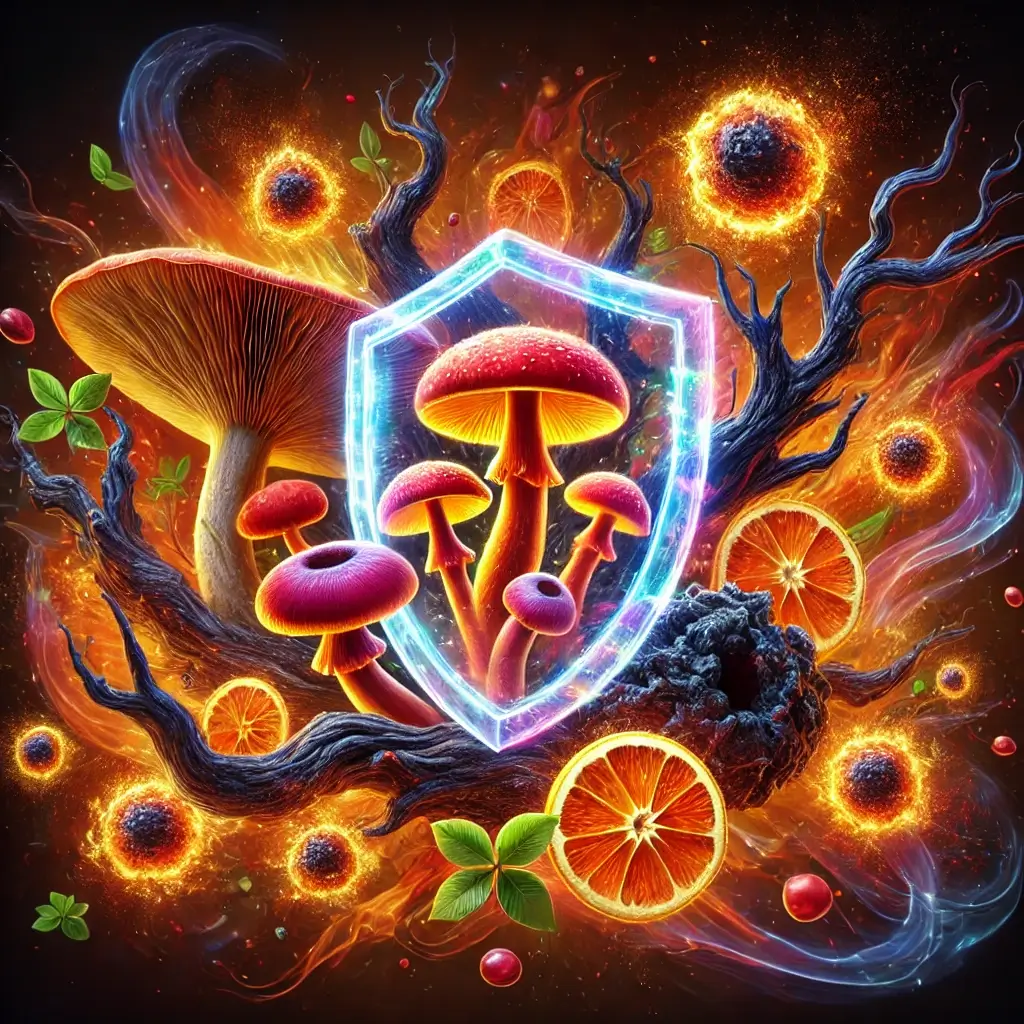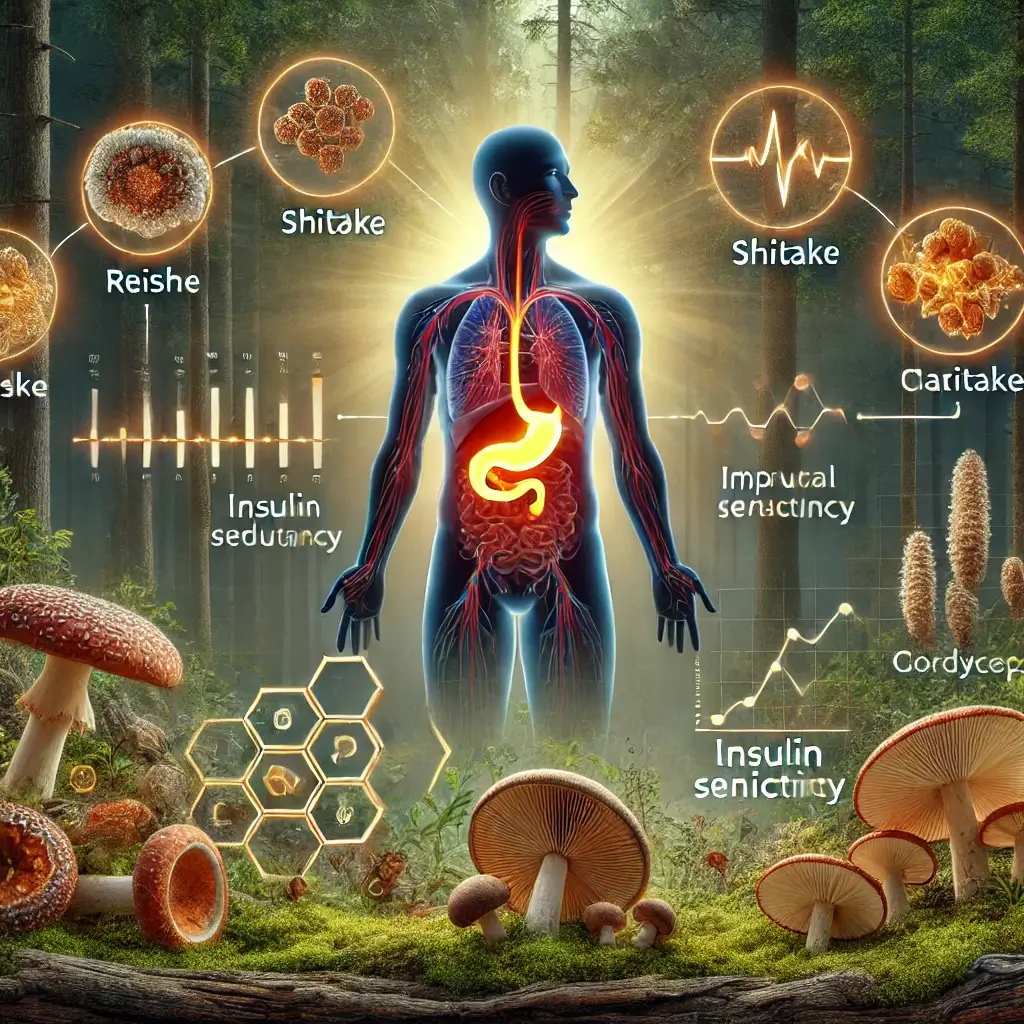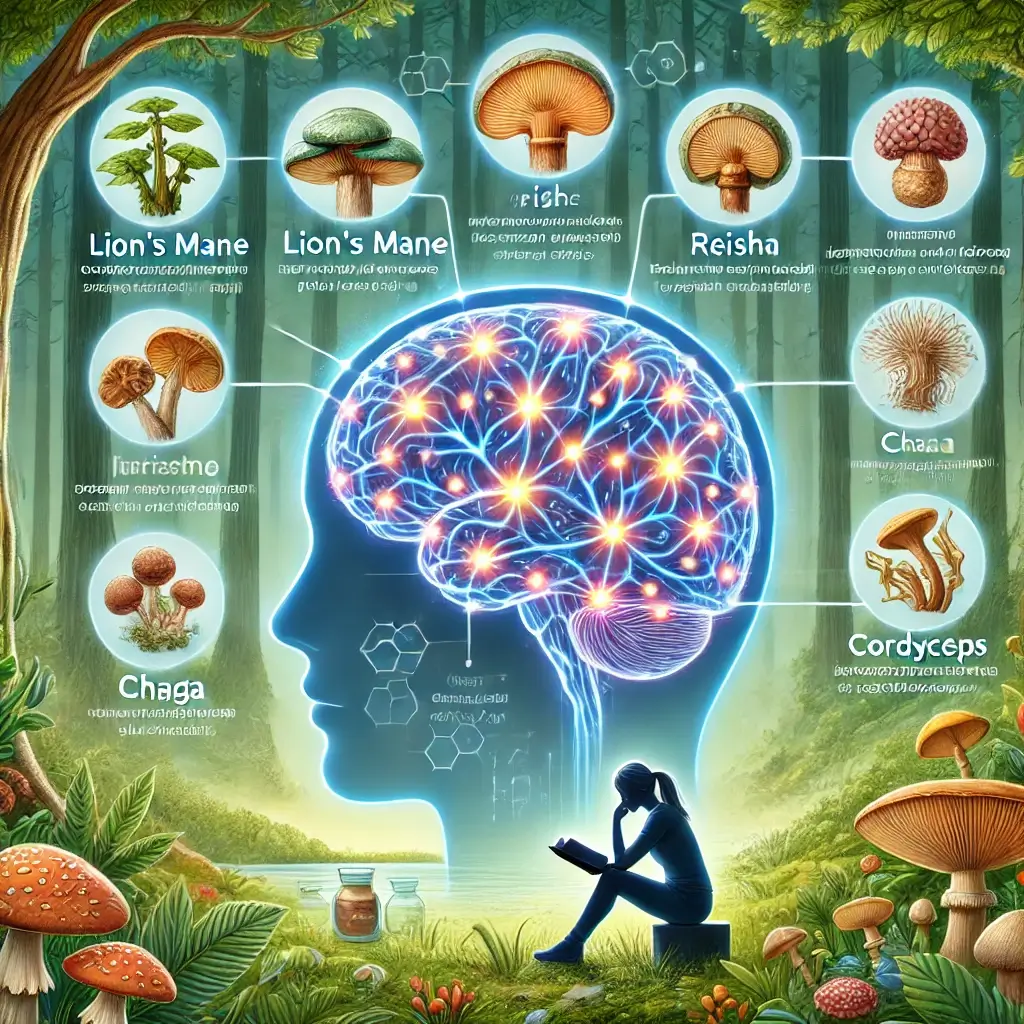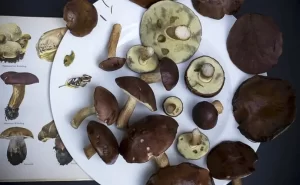Free Radical Defense: The Science Behind Medicinal Mushrooms’ Protective Properties
Understanding Free Radical Damage
Free radicals may damage DNA, which can cause mutations and raise the risk of cancer. This is one of their most significant consequences. Inflammation, cell death, and tissue damage can result from free radicals damaging proteins, lipids, and other biological components. Heart disease, diabetes, and Alzheimer’s disease are just a few of the chronic illnesses that can emerge as a result of this damage.
The Role of Antioxidants
One of the many mechanisms the body employs to stave against free radicals is antioxidants, which effectively remove their damaging effects. Nevertheless, oxidative stress and an elevated risk of illness can result when these mechanisms are overloaded by free radicals.
Lifestyle Factors for Prevention
Living a healthy lifestyle and avoiding environmental pollutants might help lower your body’s vulnerability to free radical damage. One way to do this is to limit your exposure to toxins like cigarette smoke and consume more antioxidant-rich foods like fruits and vegetables. Reducing oxidative stress and improving general health can also be achieved by regular exercise and stress management approaches.
Medicinal Mushrooms as Antioxidant Sources
An abundance of antioxidants, or chemicals that serve to shield the body from free radical damage, is found in medicinal mushrooms. Cell damage caused by free radicals, which are unstable molecules, can result in many diseases and conditions, such as cancer, cardiovascular disease, and Alzheimer’s disease.
How Antioxidants Combat Free Radicals
Free radicals are harmful, but antioxidants neutralize them and keep them from doing harm. As an example, medicinal mushrooms often include antioxidants such as:
Benefits of Phenolic Compounds
Reducing inflammation, guarding against cancer, and enhancing cardiovascular health are just a few of the many health advantages associated with phenolic compounds, a big class of antioxidants.
Advantages of Flavonoids
The health advantages of flavonoids, another class of antioxidants, include lowering inflammation, warding against cancer, and enhancing cognitive function, among other things.
The Power of Polysaccharides
Among the many carbohydrate types, polysaccharides stand out for their antioxidant and immune-enhancing capabilities. Because of their high levels of antioxidants, the following medicinal mushrooms are among the most popular:
Reishi Mushrooms Benefits
The adaptogenic and antioxidant qualities of reishi mushrooms have made them famous. There is evidence that reishi mushrooms can increase immune function, decrease inflammation, and even protect against cancer.
Chaga Mushrooms as Antioxidants
Another food with a well-deserved reputation for antioxidants is the chaga mushroom. There is evidence that chaga mushrooms can enhance cardiovascular health, decrease inflammation, and even protect against cancer.
Lion’s Mane Mushrooms for Brain Health
Researchers have shown that lion’s mane mushrooms can stave against neurological illnesses like Parkinson’s and Alzheimer’s. Additionally, research has demonstrated that lion’s mane mushrooms might decrease inflammation and enhance cognitive performance.
Consumption Methods for Medicinal Mushrooms
There are many different forms that medicinal mushrooms can be taken, such as extracts, powders, teas, and capsules. Food and drinks can also benefit from their addition.
Medical Considerations
It is wise to consult a medical professional before consuming medicinal mushrooms for their antioxidant characteristics. Before using medicinal mushrooms, it is crucial to weigh the advantages against the dangers, as they may interfere with several drugs.
References
1. National Center for Complementary and Integrative Health. (2021). Antioxidants: In Depth. https://www.nccih.nih.gov/health/antioxidants-in-depth
2. Valverde, M. E., Hernández-Pérez, T., & Paredes-López, O. (2015). Edible mushrooms: improving human health and promoting quality life. International Journal of Microbiology, 2015, 376387.
3. Kalaras, M. D., Richie, J. P., Calcagnotto, A., & Beelman, R. B. (2017). Mushrooms: A rich source of the antioxidants ergothioneine and glutathione. Food Chemistry, 233, 429-433.
4. Friedman, M. (2016). Mushroom Polysaccharides: Chemistry and Antiobesity, Antidiabetes, Anticancer, and Antibiotic Properties in Cells, Rodents, and Humans. Foods, 5(4), 80.
5. Wasser, S. P. (2014). Medicinal mushroom science: Current perspectives, advances, evidences, and challenges. Biomedical Journal, 37(6), 345-356.













